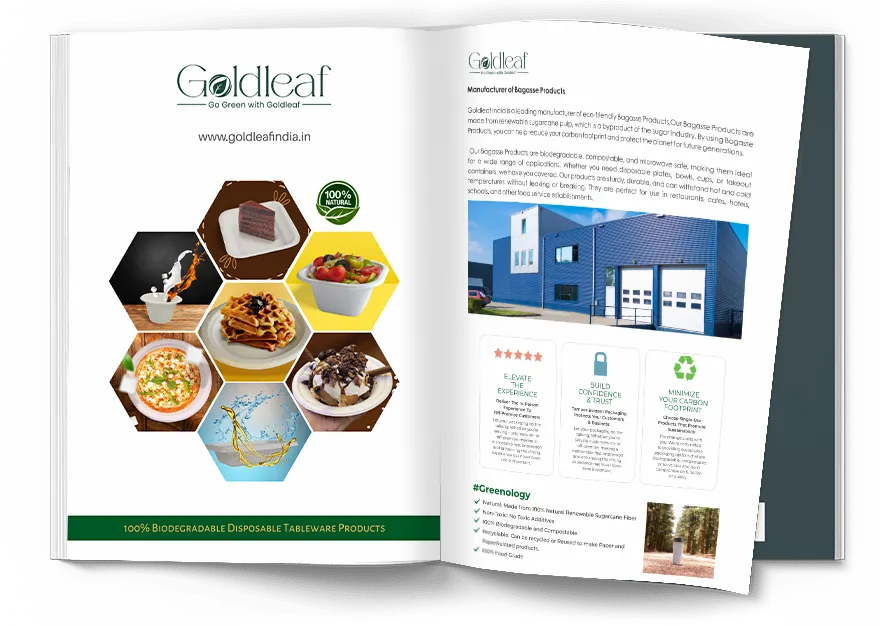Свържете се с нашия екип
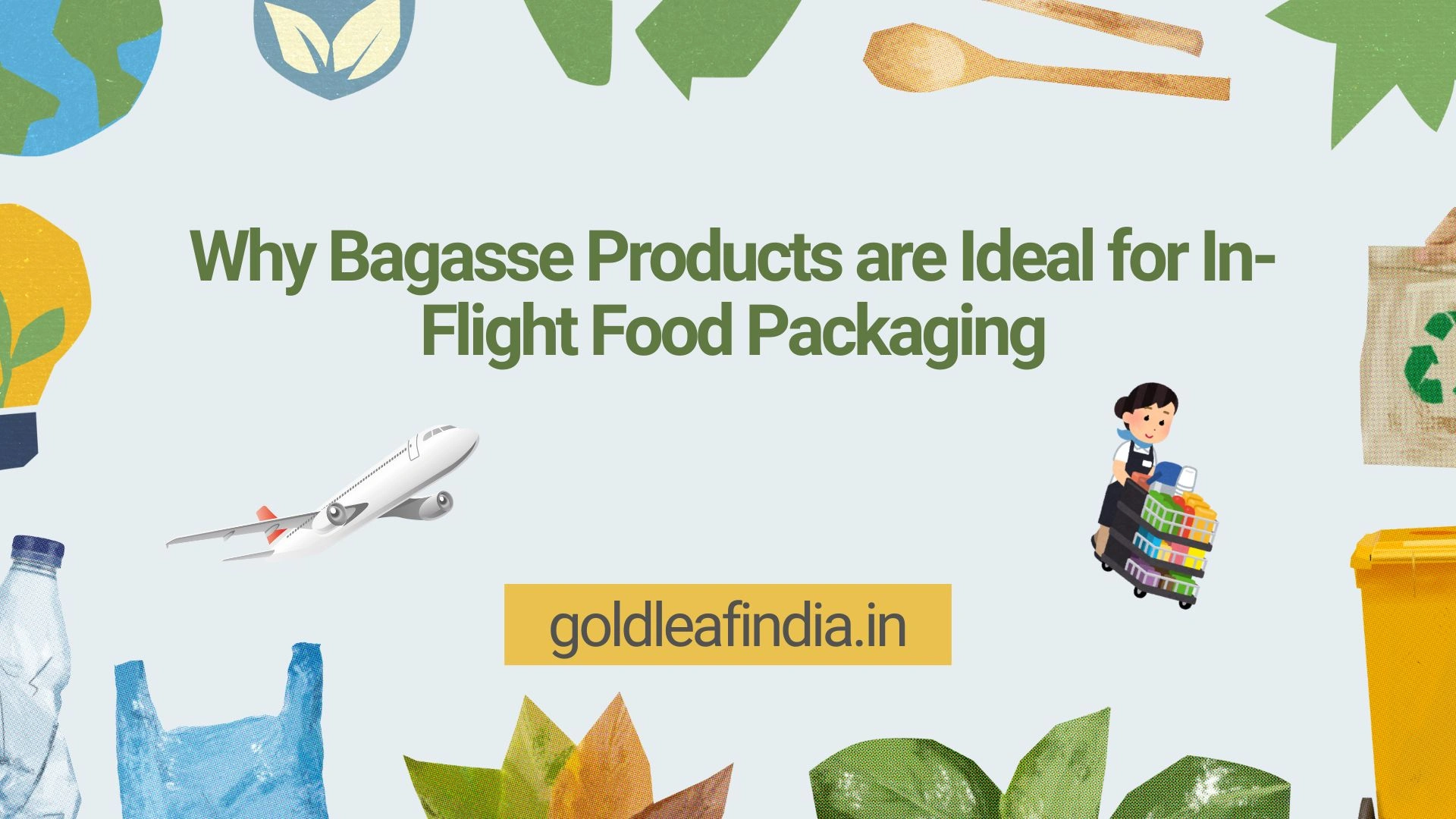
- 3477
The whole airline industry is gradually coming to realize the significance of sustainability, and this means getting serious about in-flight food packaging. A recent newcomer as the material for in-flight meal containers is bagasse which originates from sugarcane processing. It is very environmentally friendly, durable and functional which compels it to be the best option for any airline firm that wants to cut its environmental impact. In this blog, let us discuss why bagasse products are suitable for use it for food packaging, especially for airlines and passengers.
1. Elevating Sustainability in Air Travel
The aviation industry as a whole is gradually going green especially in the packaging of foods and drinks. Airline companies are now looking for new materials and solutions for eco friendly travel products and services.
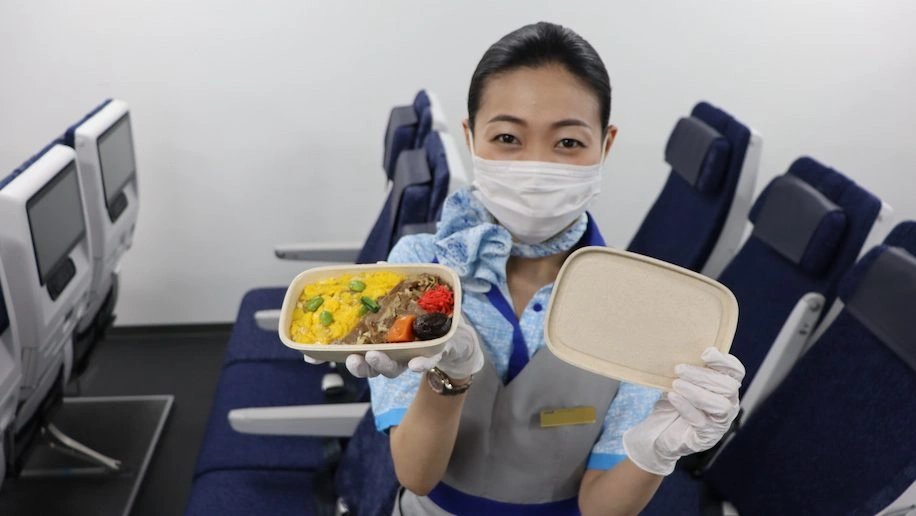
Plant-Based Alternatives: Carriers are shifting away from the use of plastics by instead opting for biodegradable products such as bagasse, bamboo and palm leaves for meals and cutlery.
Zero-Waste Packaging: Airlines throughout the globe are looking at possibilities to offer meals that wrap-up in a ‘zero waste’ where even if the packaging is recyclable or biodegradable, the food trashes do not go to the dustbin.
Eliminating Plastic: Carriers are actively exhausting the use of single use plastics, and have moved to use items like reusable dishes and spoons.
2. Enhancing In-Flight Dining with Smart Design
Meal packaging is moving from a purely functional attribute that meets the bare requirements to a way to enhance passengers’ experience and meet their desires.
Thermal Insulation: Advanced polymers now exist whose functionality is in the ability to keep warm food hot and cold foods cold for long distance flights.
Convenient and Functional: Current packaging also covers easy-to-open lids besides leaks and separate compartments making them more comfortable.
Balanced Portions: Carriers are moving to portion-controlled packaging that avoids food waste, yet also accommodates many preferences.
3. Embracing Local and Authentic Cuisine
Airlines are shifting focus to serve meals that celebrate local flavors, creating an authentic culinary experience for passengers.
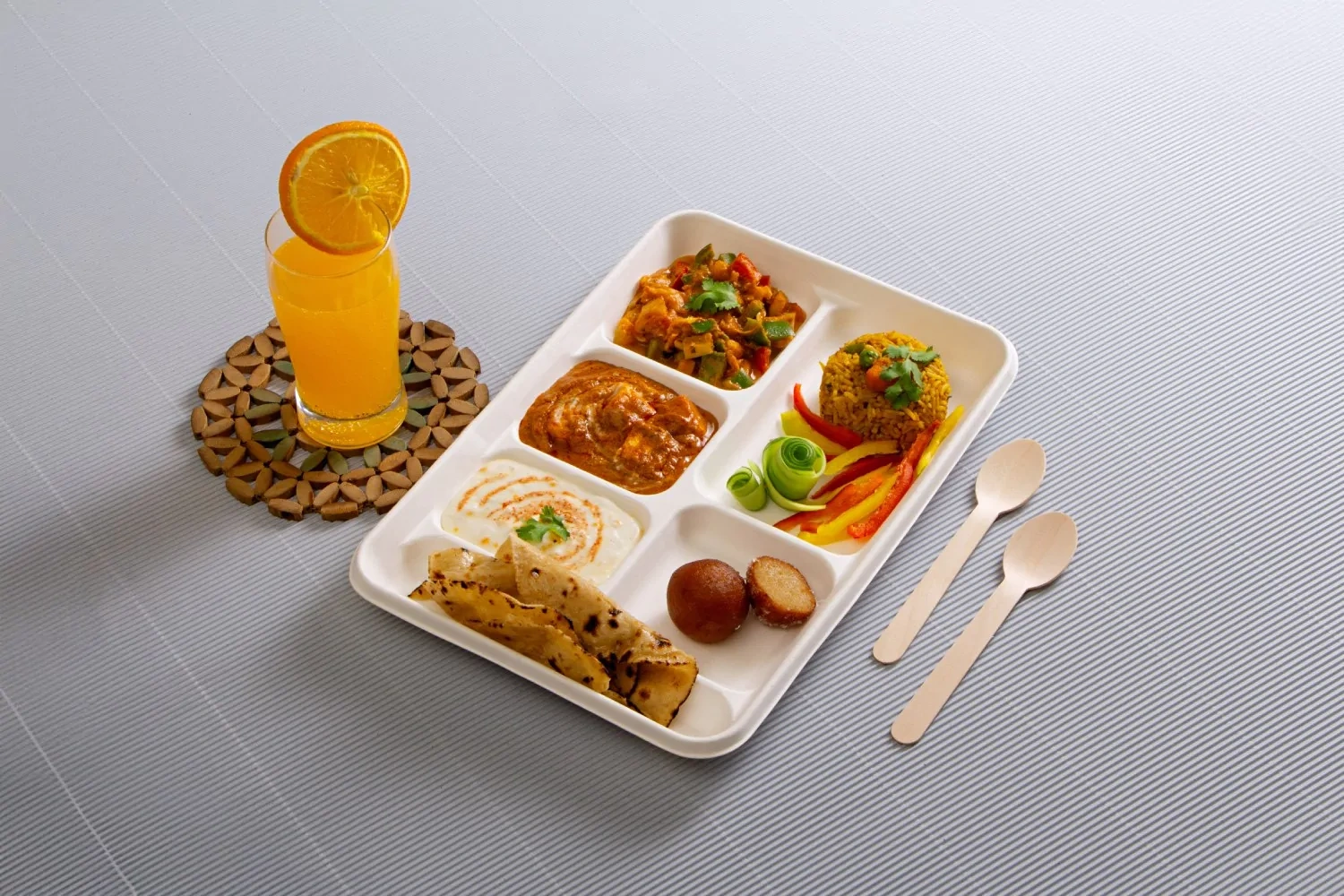
Regional Ingredients: They focus on meals prepared with locally available produce in an attempt to let the passengers get a taste of the countries they are flying to or from.
Collaborating with Celebrity Chefs: Today, most airlines are collaborating with famous chefs, presenting and delivering meals that are attractively packed and inspire confidence in their quality.
4. Cutting-Edge Technology Enhances Meal Packaging
In-flight meal packaging is going to be more efficient and customized to help passengers make better choices in the air.
Smart Packaging: Some airlines are now using futuristic meal boxes with the built-in temperature and eatery freshness indicators so the meals can remain fresh until they reach the destination.
Tailored Meal Options: Many airline operators have started serving passengers depending on food preferences they associate with the passenger through data they collect from the passenger.
5. Overcoming Challenges and Future Prospects
Despite the improvements seen in these innovations in in-flight meal packaging, some problems still persist in the way that these advancements can be implemented as a standard.
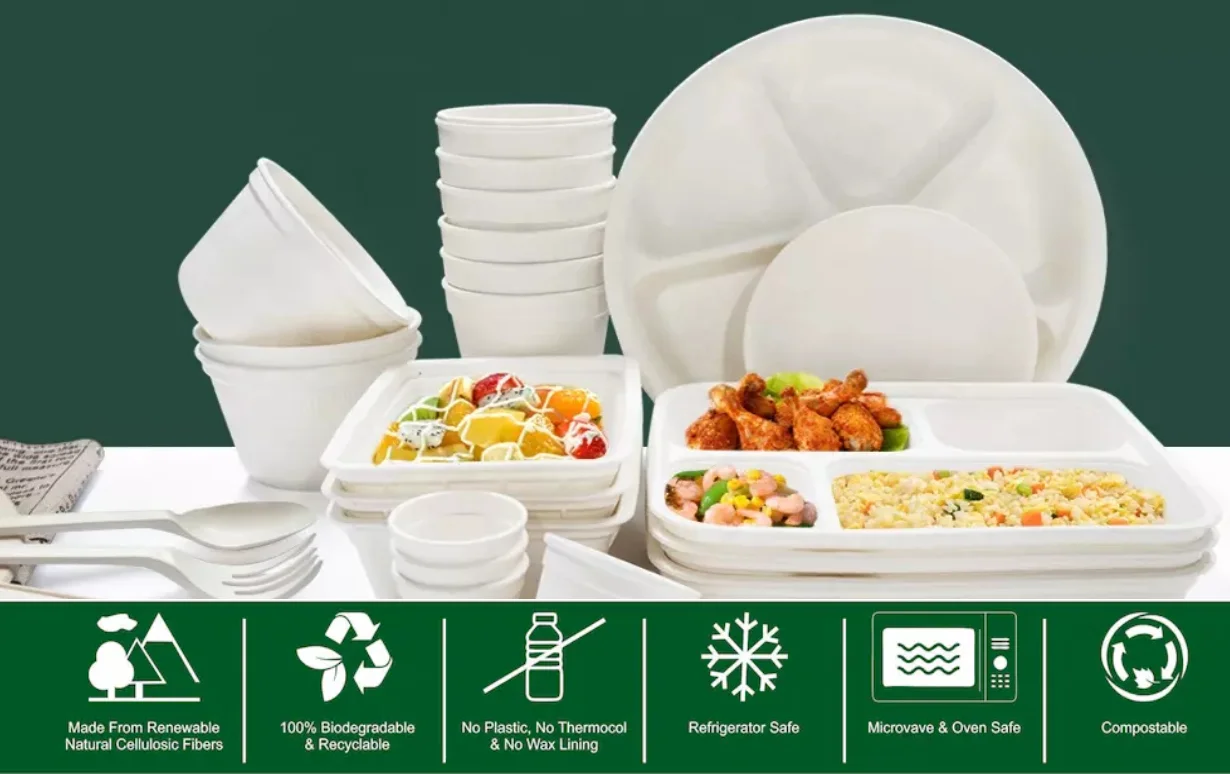
Balancing Cost and Sustainability: It is often more costly to use green packaging but given the growth of usage sustainable packaging is likely to reduce costs.
Global Packaging Regulations: The packaging standards for airlines can differ from country to country making it difficult for they to standardize their packaging.
Evolving Passenger Expectations: With the increased demand, new standards the customers are setting, airlines are also forced to look for new methods on how to package their meals.
6. The Future of Airline Meal Packaging
There is the potential for development in the foods themselves, but also in the packaging materials and ultimate goals – are we heading towards completely biodegradable individual food wrapping, or some other as yet unimagined concept?
Continuous Innovation: As the notions related to technological progression and sustainability progress, the meals that are served in the airlines are bound to develop new procedures in the packaging.
Consumer-Driven Change: Airlines shall also keep on doing what is needed to fulfill the surge of an environmental-friendly product that is enjoyable and functional meal services for passengers.
Real-World Applications of Bagasse in Airlines
Some of the airline companies have used bagasse in packaging of the in-flight food since they embrace the positives benefits of using bagasse in packaging the food. When guests flying on airplanes require dishes made from a biodegradable material, bagasse has emerged as an essential choice for meal trays, snack containers, salad bowls, and dessert cups.
For instance, the largest global airlines have started adopting bagasse packaging, providing passengers a chance to also dine on food presented in an eco-friendly container. From being highly durable, heat-resistant, and biodegradable, bagasse has played a major role in making these airlines conform to environmental-conscious policies and offer their passengers high-quality dining ware as well.
Goldleaf's Bagasse Products: Eco-Friendly Dining for Airlines
Goldleaf's sustainable bagasse products, including bowls, clamshells, compartment plates, meal trays, plates, and tea cups, offer numerous benefits for the airline industry. These eco-friendly solutions help airlines reduce their environmental impact by replacing traditional plastic and styrofoam with biodegradable alternatives.
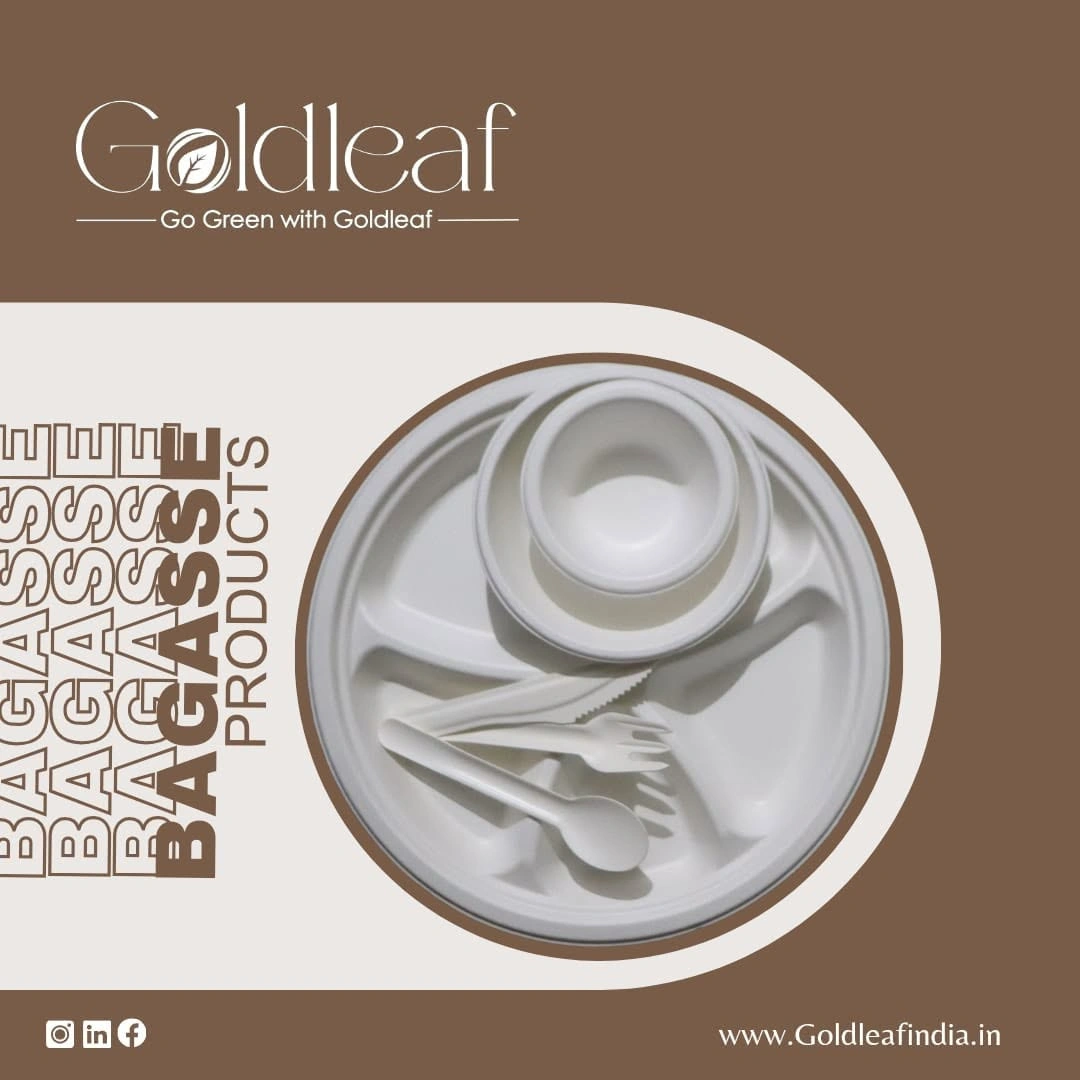
Bowls & Plates: Appropriate for use in air catering, strong and light ones retain the quality of foods during long-haul flights.
Clamshells & Meal Trays: Perfect for packed meals so that it will not be crushed and come in handy plastic bags. They also have sections where so that each dish can be contained separately.
Compartment Plates: Ideal for presentation of more than one course; it offers flexibility and also eco-friendly.
Tea Cups: Improve the quality of beverages served in the flight as well embrace the use of environmental conservation.
Airlines are thus in a position to enhance their levels of sustainability by incorporating Goldleaf’s bagasse products without having to affect functionality and the passengers’ experience overwhelmingly.
Bagasse Products for in-flight packaging
Conclusion
Bagasse products are another innovative yet sustainable, reusable and biodegradable solution for in-flight catering disposables. Due to necessary characteristics such as biodegradability, strength, ability to preserve food quality, as well as non-toxicity, bagasse containers are gradually gaining popularity among airlines that use environmentally friendly products and strive to minimize the harm done during the transportation process. In this way, airlines should use bagasse while packing their in-flight meals to ensure passengers are satisfied while on the same note they help in making the planet green.
At Goldleaf India, we are proud to offer a wide range of bagasse-based products that provide the perfect balance of sustainability, quality, and functionality. If you are looking to switch to eco-friendly packaging for your airline meals, contact us today to explore our premium bagasse products for in-flight food packaging.
© 2024 , Goldleaf ,
Всички права запазени.
Made & Managed by Lightlink Solutions



